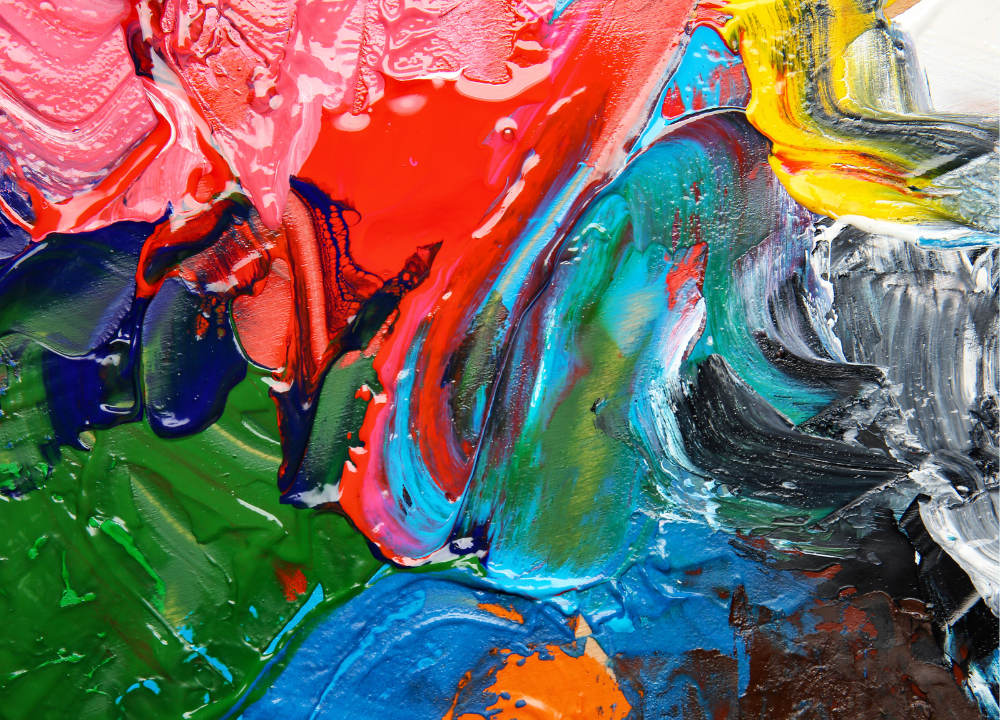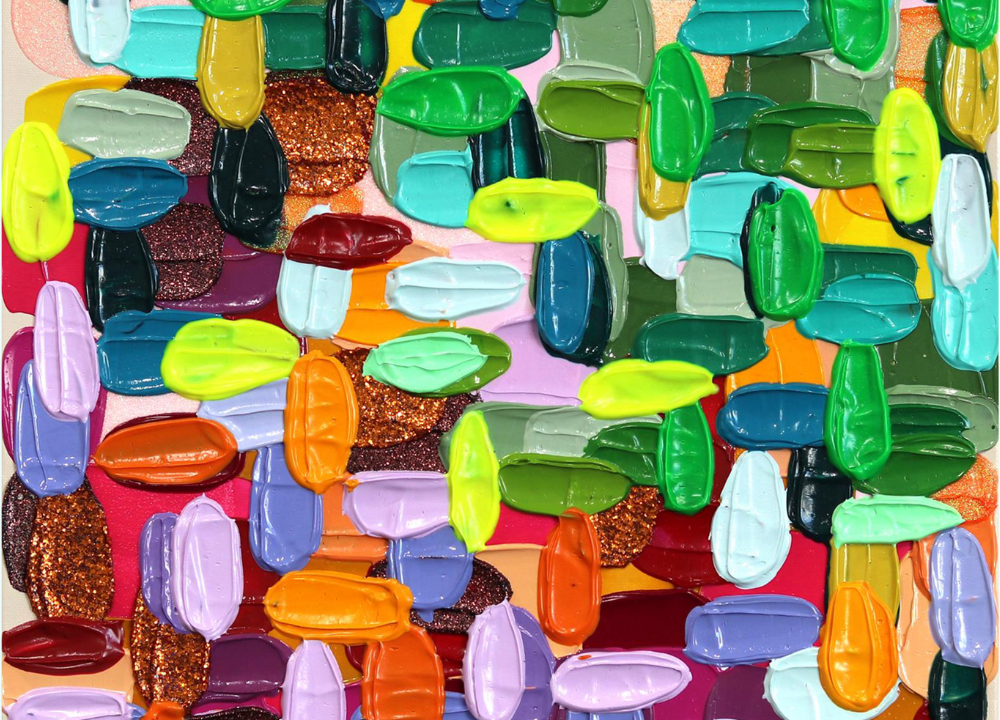“The Blue Rider” is a significant art movement linked to Wassily Kandinsky. It emerged in the early 20th century and focuses on color and emotion.
This group of artists sought to express deep feelings through their work. They believed art could go beyond mere representation. Wassily Kandinsky, a key figure in this movement, explored the connection between color and music. His paintings invite viewers to experience emotions without words.
“The Blue Rider” became a platform for many artists to experiment with abstraction. They pushed boundaries and challenged traditional ideas. Understanding this movement offers insight into how art transformed during this time. Join us as we explore the essence of “The Blue Rider” and its lasting impact on modern art.
Origins Of The Blue Rider
The Blue Rider was an important art movement started in the early 20th century. Led by Wassily Kandinsky, this group focused on color and emotion in art. The origins of The Blue Rider are rich with creativity and collaboration. Artists sought to express deeper feelings through their work. They believed in the power of color and form to connect with the viewer. This section explores the founding artists and cultural influences that shaped this movement.
Founding Artists
The Blue Rider group formed in 1911 in Munich, Germany. Key artists included:
- Wassily Kandinsky: A pioneer of abstract art.
- Franz Marc: Known for his colorful animal paintings.
- Gabriele Münter: Kandinsky’s partner and a talented painter.
- Paul Klee: A master of color and form.
These artists met regularly to share ideas. They wanted to break away from traditional art. They felt that art should express feelings, not just represent reality. Their first exhibition took place in 1911. This event showcased their unique styles and ideas.
Here’s a table showing key founding artists and their contributions:
| Artist | Contribution |
|---|---|
| Wassily Kandinsky | Developed abstract painting techniques. |
| Franz Marc | Focused on color symbolism in animals. |
| Gabriele Münter | Pioneer in modern portraiture. |
| Paul Klee | Combined humor and abstraction in art. |
Cultural Influences
The Blue Rider artists were influenced by various cultural movements. They were part of a larger context of change. The rise of modernism inspired them to explore new ideas. They drew from:
- Folk art and expressionism
- Non-Western art forms
- Music and spirituality
Folk art provided simple forms and bright colors. This inspired their approach to painting. Expressionism emphasized emotion over form. The Blue Rider artists embraced this idea fully. They also looked to non-Western art for new perspectives. Art from Africa and Asia influenced their styles. They believed in the connection between art and music. Kandinsky, for example, often compared painting to musical composition.
These influences helped shape The Blue Rider. The artists created a unique blend of styles. They focused on expressing inner feelings. This was a significant shift in the art world at that time.
Wassily Kandinsky’s Vision
The Blue Rider is an important art group founded by Wassily Kandinsky and Franz Marc in 1911. This group focused on the emotional and spiritual aspects of art. Kandinsky believed that art should express feelings rather than just represent objects. His vision combined colors and shapes to create a new language in art. This post explores Kandinsky’s unique perspective, emphasizing his ideas on spirituality and color theory.
Spirituality In Art
Wassily Kandinsky saw art as a way to connect with the spiritual world. He believed that colors and shapes could express deep emotions. For him, art was not just about visual beauty; it was about conveying inner feelings.
Kandinsky often spoke about the importance of spirituality in art. He thought that every artist should reach beyond the physical world. His works aimed to reveal a deeper truth. He wanted viewers to feel something profound.
- Art as Expression: Kandinsky used art to express his spiritual beliefs.
- Emotional Impact: He believed art should evoke strong emotions.
- Connection to the Divine: Kandinsky aimed to connect viewers with a higher power.
Kandinsky wrote about his ideas in his book, “Concerning the Spiritual in Art.” He explained how colors and forms relate to human emotions. His theories emphasize that art can be a bridge to the spiritual realm.
| Color | Emotion |
|---|---|
| Blue | Calmness |
| Yellow | Joy |
| Red | Passion |
Color Theory
Kandinsky’s color theory played a significant role in his art. He believed that colors have their own meanings and can influence feelings. Each color can create a specific emotional response.
Kandinsky classified colors based on their emotional impact. For example, he saw blue as calm and yellow as joyful. He often combined these colors in his paintings to enhance feelings.
- Primary Colors: Red, yellow, and blue are key in his work.
- Warm vs. Cool Colors: Warm colors create energy; cool colors bring peace.
- Color Harmony: Colors should work together to create balance.
Kandinsky also linked colors to shapes. He believed that circles represented the spiritual. Squares and triangles conveyed other meanings. This connection between color and shape is evident in his famous works.
His theories impact many artists today. Kandinsky’s vision of color and emotion continues to inspire. Understanding his color theory can deepen our appreciation of his art.
Key Works Of The Blue Rider
The Blue Rider was a group of artists led by Wassily Kandinsky. This group formed in the early 20th century. They aimed to express deep emotions through color and form. Key works of The Blue Rider highlight their unique approach to art. They used vibrant colors and abstract shapes to convey feelings. Kandinsky and his peers believed art should connect with the soul. Their paintings challenge traditional views and invite viewers to explore new ideas.
Iconic Paintings
Several iconic paintings represent the essence of The Blue Rider. Each artwork carries unique messages and emotions. Here are some notable pieces:
- The Blue Rider (1903) – This painting depicts a rider on a blue horse. It symbolizes spirituality and the quest for truth.
- Composition VII (1913) – A large, dynamic canvas filled with swirling colors and forms. It expresses chaos and harmony.
- Improvisation 31 (Sea Battle) (1913) – This piece showcases a battle scene using abstract shapes. It reflects the turmoil of the time.
- Composition X (1939) – The use of vibrant colors and geometric shapes makes this painting striking. It represents the artist’s exploration of music and art.
Here’s a table summarizing these iconic works:
| Title | Year | Key Theme |
|---|---|---|
| The Blue Rider | 1903 | Spirituality |
| Composition VII | 1913 | Chaos and Harmony |
| Improvisation 31 | 1913 | Turmoil |
| Composition X | 1939 | Music and Art |
Symbolic Elements
The works of The Blue Rider are rich in symbolism. Colors play a crucial role in conveying emotions. Kandinsky believed each color had its own meaning. For example:
- Blue – Represents spirituality and depth.
- Yellow – Symbolizes warmth and happiness.
- Red – Indicates passion and intensity.
Shapes also carry symbolic weight. Circular forms suggest unity and wholeness. Angular shapes can represent conflict or tension. Kandinsky often combined these elements to create layered meanings.
He used abstraction to express feelings beyond words. This approach allows viewers to interpret art in personal ways. Each painting invites a different emotional response, making them timeless.
Through these symbolic elements, Kandinsky and his fellow artists shaped a new language in art. They moved away from realism and embraced inner experiences. This shift opened doors to modern art movements.
Artistic Techniques
The Blue Rider is a significant work by Wassily Kandinsky, a key figure in abstract art. His artistic techniques play a crucial role in conveying emotions and ideas. Kandinsky experimented with various methods to create his unique style. This section explores his use of color and brushwork styles, which are essential to understanding his vision.
Use Of Color
Kandinsky believed color could express deep emotions. He used color not just for beauty, but to convey meaning. Each hue has its own emotional resonance. For example:
- Blue: Represents spirituality and calmness.
- Yellow: Symbolizes energy and warmth.
- Red: Conveys passion and intensity.
In The Blue Rider, color choices reflect Kandinsky’s feelings about the world. He avoided realistic colors. Instead, he used bold, bright tones to express his inner thoughts.
The table below shows some of his color choices and their meanings:
| Color | Meaning |
|---|---|
| Blue | Spirituality, calmness |
| Yellow | Energy, warmth |
| Red | Passion, intensity |
Kandinsky also used contrasting colors. This technique created tension in his artwork. The interaction of colors drew viewers in and encouraged deeper engagement.
Brushwork Styles
Kandinsky’s brushwork in The Blue Rider varies greatly. His strokes are expressive and intentional. He often combined different styles to create unique textures. This variety adds depth to his work.
He used both long, sweeping strokes and quick, short ones. These strokes help convey movement and emotion. The energy in the brushwork reflects Kandinsky’s dynamic thoughts.
Key brushwork styles include:
- Impasto: Thick application of paint creates texture.
- Glazing: Thin layers of color build depth.
- Scumbling: Light, opaque paint applied over darker layers.
The combination of these techniques results in a lively surface. This invites viewers to explore the painting. Kandinsky’s brushwork is not just a background element. It plays a vital role in the overall expression of his art.
Impact On Modern Art
The Blue Rider, created by Wassily Kandinsky, marks a key moment in modern art. This painting is not only a representation of Kandinsky’s unique style but also a significant influence on the art world. Its vibrant colors and abstract forms push the boundaries of traditional art. The impact of The Blue Rider is evident in various movements, especially in abstract art. Understanding its influence helps us appreciate modern art’s evolution.
Influence On Abstract Art
The Blue Rider played a crucial role in shaping abstract art. Kandinsky and his fellow artists sought to express emotions through colors and shapes, rather than realistic depictions. This approach opened new doors for future artists. Here are some key points about its influence:
- Emphasis on emotion over realism.
- Use of bold colors to convey feelings.
- Encouraged artists to explore non-representational forms.
Many artists drew inspiration from Kandinsky’s ideas. His work demonstrated that art could exist beyond the physical world. This led to the rise of pure abstraction. Below is a table showing notable artists influenced by The Blue Rider:
| Artist | Contribution |
|---|---|
| Piet Mondrian | Developed geometric abstraction. |
| Kazimir Malevich | Founded Suprematism, focusing on basic geometric forms. |
| Jackson Pollock | Introduced drip painting, emphasizing spontaneity. |
The Blue Rider encouraged artists to break free from traditional methods. This shift helped abstract art flourish in the 20th century.
Legacy Of The Blue Rider
The legacy of The Blue Rider extends far beyond Kandinsky’s time. It established a foundation for future art movements. Artists continue to reference its themes and techniques. The painting inspired many to explore their creativity without limitations. Key aspects of its legacy include:
- Promotion of artistic freedom.
- Encouragement of personal expression in art.
- Influence on various art movements, such as Expressionism and Surrealism.
Today, The Blue Rider is celebrated in museums around the world. It remains a symbol of artistic innovation. Kandinsky’s work paved the way for countless artists to explore abstraction. His ideas continue to resonate, showing the lasting impact of The Blue Rider on modern art.
Conclusion
Wassily Kandinsky’s “The Blue Rider” stands out in art history. Its vibrant colors and shapes evoke strong emotions. This painting reflects the spirit of expressionism. Kandinsky believed in art’s power to connect with people. His work inspires many artists today.
Understanding “The Blue Rider” helps us appreciate abstract art more. It invites viewers to explore their feelings and thoughts. Kandinsky’s legacy continues through his unique vision. Art remains a powerful way to express ourselves. Discovering this piece can deepen your love for art.




